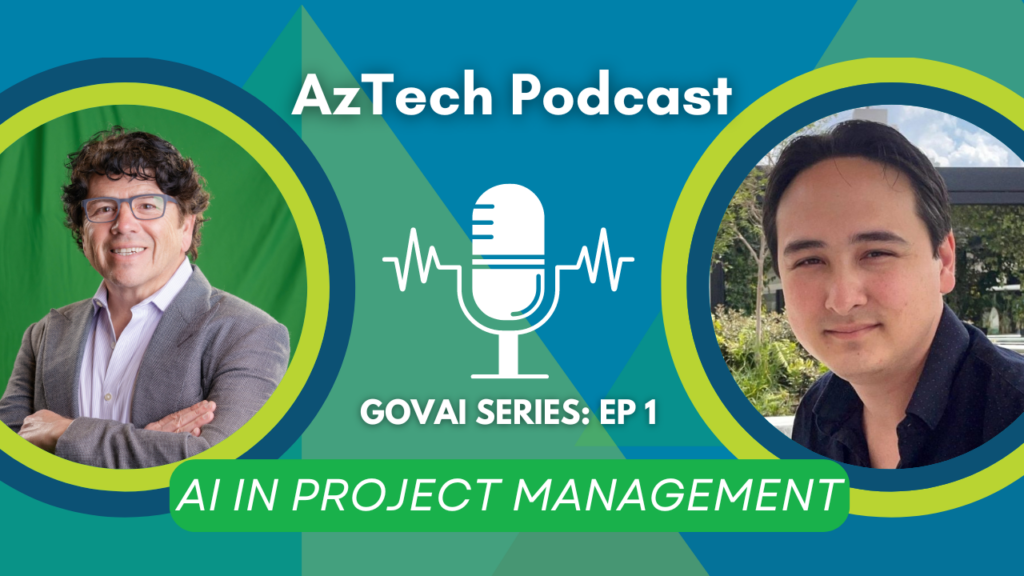Delivering Innovation With EVM: Fresh Thinking About Defense Program Management

In today’s rapidly evolving technology landscape, innovative defense programs need to move at the speed of lightning, especially if you have a cutting-edge project that’s competing with similar ideas. The challenge is that most defense programs require teams to follow a traditional Earned Value Management System—and this could slow down technology players who are new to EVM
Fortunately, we have some strategies for delivering innovation with EVM, and it’s particularly effective for defense program management. The essence of the strategy is simple:
Innovative projects require innovative EVM.
In this context, innovative EVM means (1) prioritizing targets (2) speedy cadence ; and (3) right-sized tools. Let’s take a closer look at these three elements of delivering innovation with EVM:
1. Prioritize the Most Important Factor: Is It Scope, Schedule, or Cost?
If you want your defense program to move at the speed of innovation, you need to get your priorities straight. For us, this means asking defense project teams to make the difficult choice of prioritizing the most important element of their projects: Is it scope, schedule, or cost?
When we ask that question, many of our clients say that all three are equally important, and this is when we have to push a little harder for an answer. The truth is that every project has a ‘most important factor.’ Sometimes it’s the technology. The solution – key performance and capabilities – is all important. Other times, it’s the schedule, and teams will make difficult sacrifices on the budget and even quality to deliver before a hard deadline. And sometimes it’s cost, there’s a hard not-to-exceed and we have to do our best effort even if technical and schedule take a back seat. Of course, all three matter, but choosing one helps make better, difficult decisions downstream.
Knowing what the driver is—in terms of cost, schedule, and technical targets— drives how you manage the project. For example, we recently supported a team managing a project for the Air Force called AFWERX. The project had the mission-critical goal of developing new technology for Electric Vertical Take-Off and Landing (eVTOL) vehicles. In this case, the technology was driving everything. Without an eVTOL capable of meeting specific requirements, the project couldn’t succeed—so we organized our EVM approach to make it the priority.
Ultimately, the AFWERX project achieved its technology objectives. The journalist Anderson Cooper even did a 60-Minutes segment featuring the eVTOLs from several defense contractors we worked with on the project.
2. Speed Up the Cadence: Monthly Meetings Aren’t Enough, a Weekly Rhythm is Key
To deliver innovation, consider changing the cadence of the EVM process. The traditional approach is to deliver your status updates in strict accordance with a monthly business rhythm. In our experience, a monthly cadence is too slow for this kind of rapid innovation. Leading-edge projects need to move fast, and for us, a weekly cadence facilitates speed.
We know what you’re thinking, “That’s too much work!” But hear us out. Weekly meetings may sound like a lot of work, but it actually helps to get things done faster. For example, imagine you have a short-term project that can’t take longer than a year. Running it on a weekly cadence schedule means that you’ll have about 48 reviews in the year. This is actually more than the 36 monthly reviews you’d have in a 3-year project.
The magic of this approach: With more reviews, you’re focusing on incremental milestones. You’re watching everything like a hawk—on a weekly basis—and if your team is really on it, you’re constantly looking at inchstones to reach those milestones. You’re hyper-focused. Note that these should be short, punchy meetings and it helps to mix it up a bit each meeting make it must-attend time-slot for the team.
Now let’s go back to the AFWERX eVTOL project for a moment. For this project, the team created innovative dashboards that enabled evaluating weekly progress. The team was more on top of everything, and they met the project parameters in record time. That’s the speed of innovation.
3. Use the Right Tools for the Job
Another key aspect of delivering innovation with EVM is using the right tools for the job. We sometimes hear clients say something like: “We’re almost ready to start, but we’re looking for, waiting for, developing, or hoping for the perfect tool to save the day –but, that tool just isn’t ready yet.”
In our experience, it doesn’t matter what EVM tools you use for innovative projects as long as the tools are flexible, lightweight, quick to set up, easy-to-use, and collaborative. For example, the AFWERX effort used SmartSheet—a lightweight, cloud-based scheduling tool that hits the mark on all of these counts.
SmartSheet doesn’t do critical path scheduling, so what it lacked in the features of more traditional scheduling tools, it made up with simplicity and increased collaboration. However, SmartSheet is more than enough for a short-term project where the speed of innovation is essential.
Key Take-Away: Pick a tool that’s ready and available now. Then make it work. This will ensure you have the agility and flexibility that innovative projects require.
How Do You Deliver Innovation for Defense Program Management?
Now that you have some idea about our strategies for delivering innovation, we’d be curious to know what you think and what has worked for you. We’ve been helping defense programs achieve their innovative project goals for the last three decades. We’ve learned a lot and love to share our lessons. So tell us: Which lessons or strategies have worked for you for getting a state-of-the-art project done on time? And which strategies failed?
Contact us today and tell us your story. We love to talk about EVM, and we might put you in the next blog.
Subscribe to our Newsletter:






